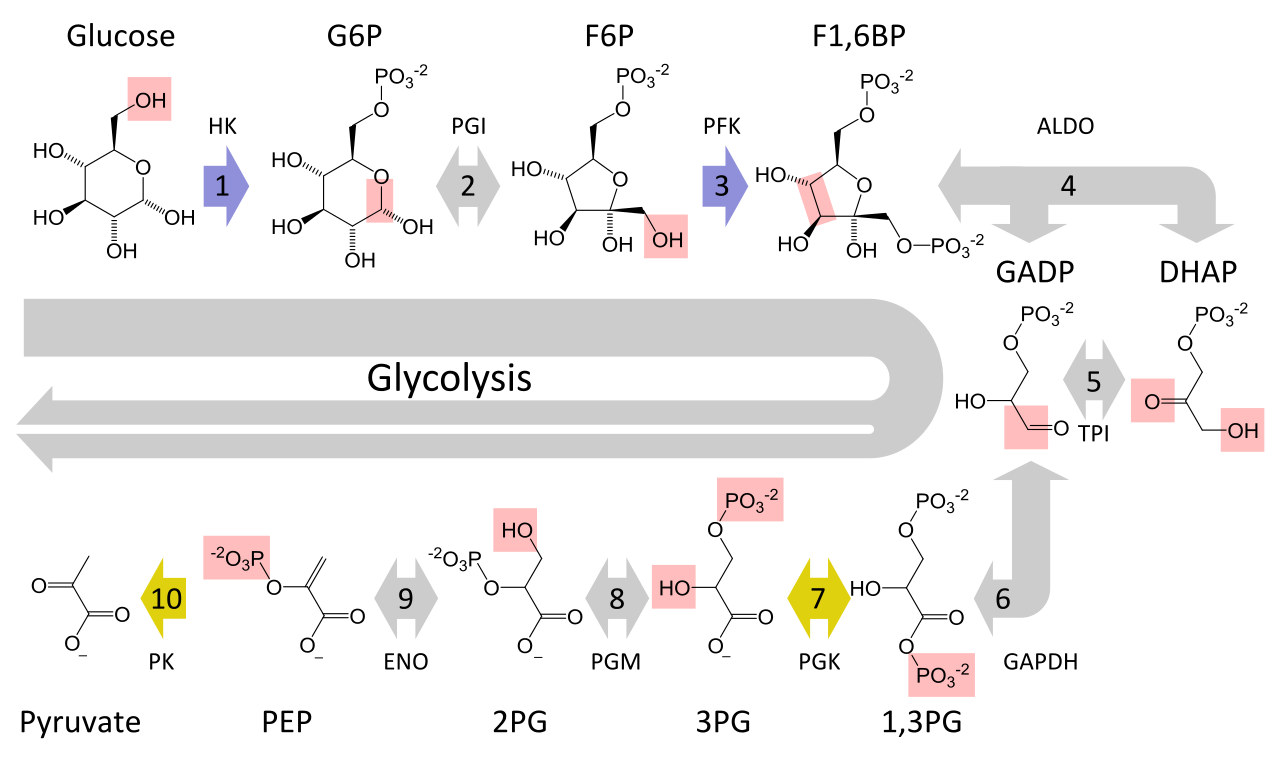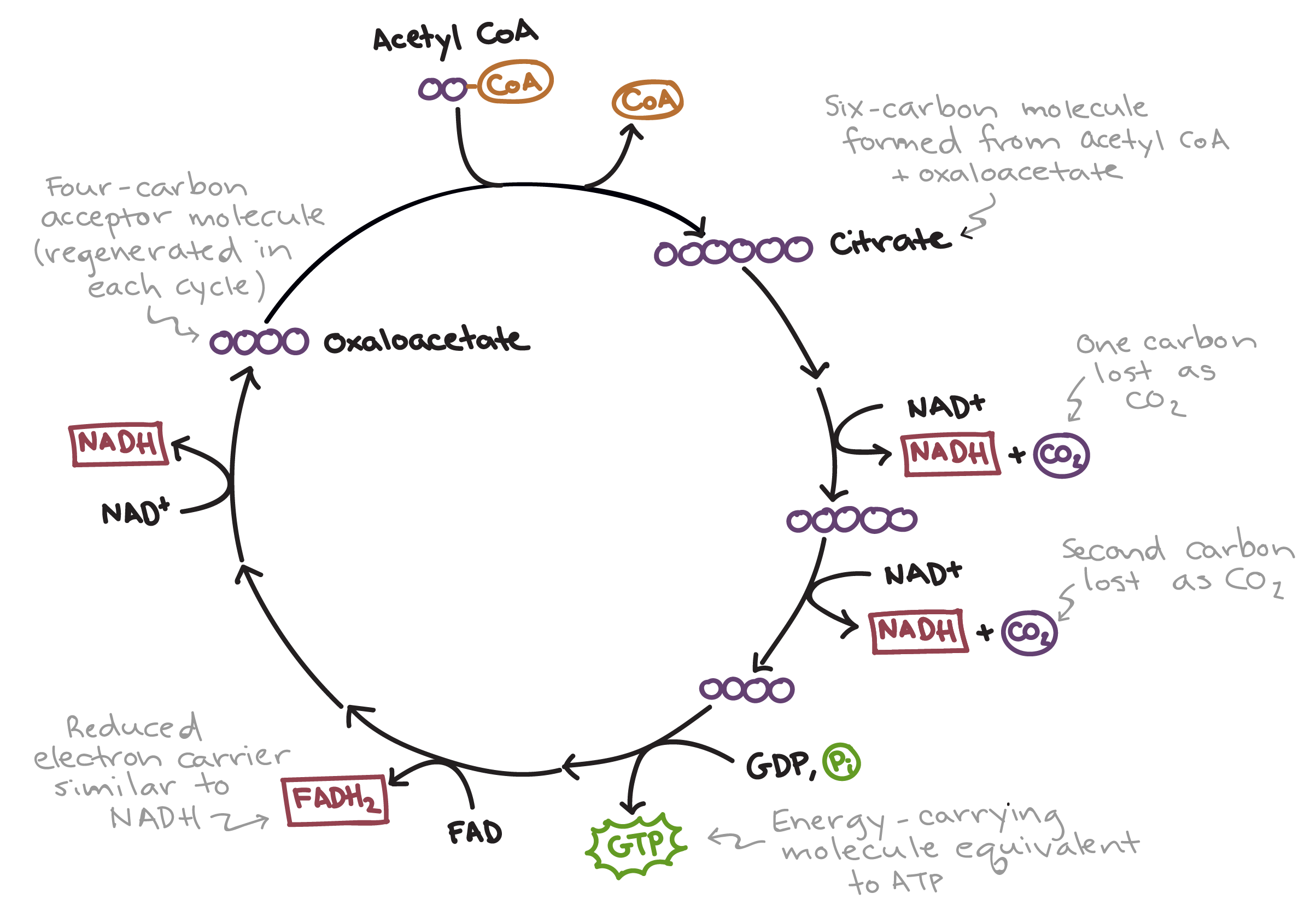Cellular Respiration Formula With States

It is also known as a catabolic reaction as a large molecule like a carbohydrate is broken down into smaller molecules.
Cellular respiration formula with states. C 6 H 12 O 6 glucose 6O 2 36 ADP depleted ATP 36 P i phosphate groups 6CO 2 6H 2 O 36 ATP. Explain why aerobic cellular respiration results in 36 ATPs per glucose in eukaryotic cells and 38 ATPs per glucose in prokaryotic cells. In simplified terms it is.
It is symbolized by the chemical formula of C 6 H 12 O 6 6O 2 6CO 2 6H 2 O C 10 H 16 N 5 O 13 P 3 also known as ATP. The chemical reaction of cellular Respiration is C6H12O6 6O2 6CO2 6H2O The chemical reaction of photosynthesis is 6CO2 6H2O C6H12O6 6O2 Also Read. Cellular respiration is the process by which organisms convert the biochemical energy of nutrients into ATP.
Cellular Respiration as a Series of Reduction-Oxidation Reactions. The word equation for cellular respiration is glucose sugar oxygen carbon dioxide water energy as ATP. It is an exergonic reaction where high-energy glucose molecules are broken down into carbon dioxide and water.
There are many ways to compare and contrast these. To unlock this lesson you must be a. A glucose molecule combines with 6 oxygen molecules producing 6 molecules of water 6 molecules of water and ATP.
Glucose Oxygen Carbon Dioxide water energy Heres an article on it. Cellular respiration on the other hand the process of using glucose and oxygen to create ATP or cellular energy is almost the opposite of photosynthesis. Metabolism refers to a set of chemical reactions carried out for maintaining the living state of the cells in an organism.
Someone wrote the balanced equation heres the word equation. The overall unbalanced chemical equation for cellular respiration is. Cellular respiration is a set of metabolic reactions occurring inside the cells to convert biochemical energy obtained from the food into a chemical compound called adenosine triphosphate ATP.


















